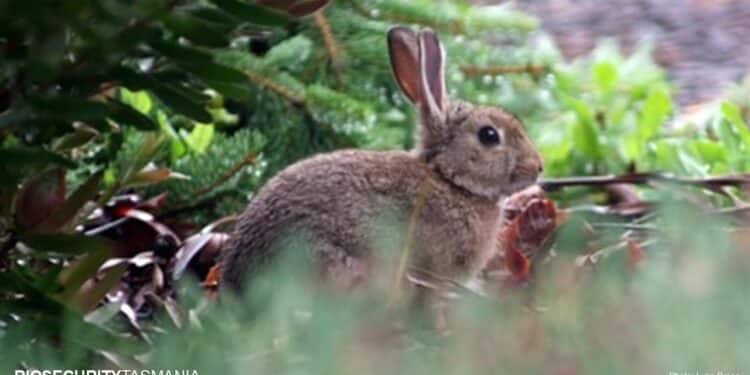Concentrated efforts to reduce Tasmania’s rabbit population with calicivirus are yielding encouraging results, with Biosecurity Tasmania reporting a notable decline in rabbit numbers across targeted areas.
The state’s calicivirus release program, aimed at curbing the spread of the invasive species, has been deployed in 38 towns and suburbs. As part of the effort, 165 kilograms of baited carrots laced with the virus were strategically placed. Inspectors observed strong uptake of the bait, signalling the virus’s effective distribution among rabbit populations.
“We’re seeing a positive impact,” said Minister for Primary Industries and Water Jane Howlett. “Landowners in the release zones have already reported noticeable reductions in rabbit numbers.”
Aiding the virus’s success this autumn is the lower-than-average insect activity. Typically, insects help spread the virus further, but the current lull has prevented alternative transmission routes, keeping the focus on bait deployment.
However, the operation’s window is narrowing. With rainfall expected to encourage new grass growth, rabbits will soon enter their breeding season. Biosecurity Tasmania anticipates a 28-day countdown from the first significant rainfall before the virus release program will need to pause.
Interestingly, there have been no reports this year of RHDV2, a wild strain of calicivirus known for its aggressive spread and heightened lethality. The absence of this strain underscores the importance of ongoing pest management to prevent further population surges.
Experts emphasise that while the calicivirus is an effective tool, sustainable rabbit management requires a multifaceted approach. Integrated Pest Management (IPM), a strategy combining multiple control methods, remains the gold standard for suppressing rabbit populations.
“Research consistently shows that IPM is the most effective and cost-efficient solution,” Minister Howlett explained. “Cooperation between landowners and government bodies is key. By employing techniques like warren ripping, fencing, baiting, and shooting in succession, we can make a significant dent in rabbit numbers.”
Removing protective cover such as log heaps and blackberry bushes can also prevent rabbits from finding refuge and rebounding.
For landowners seeking advice on implementing effective pest control measures, Biosecurity Tasmania remains available for consultation. Those interested can reach out via email at biosecurity.tasmania@nre.tas.gov.au or by calling 6165 3777.


